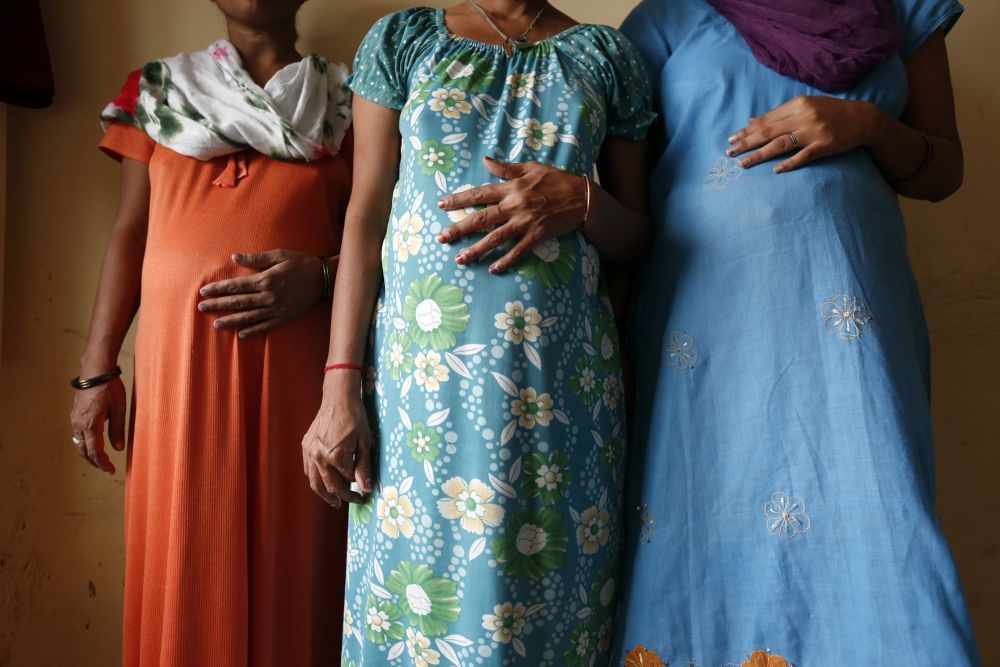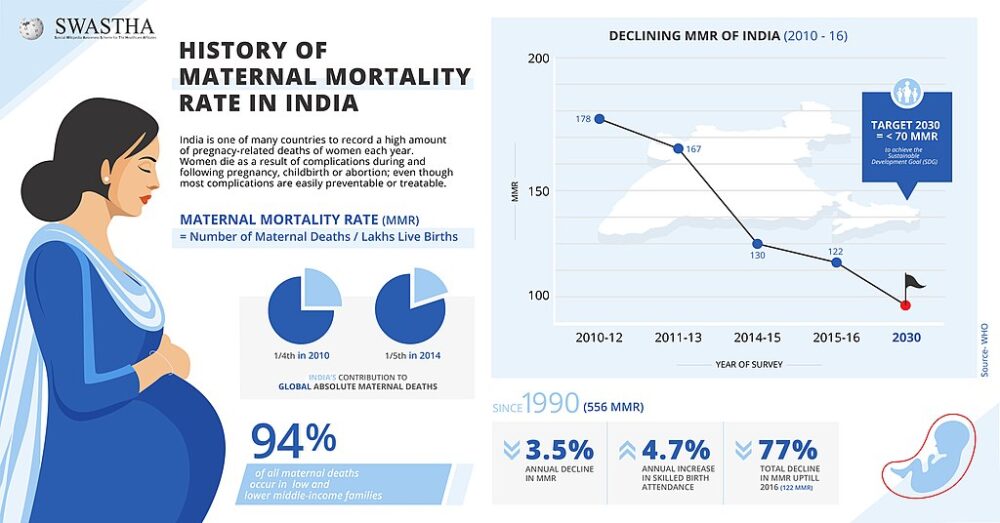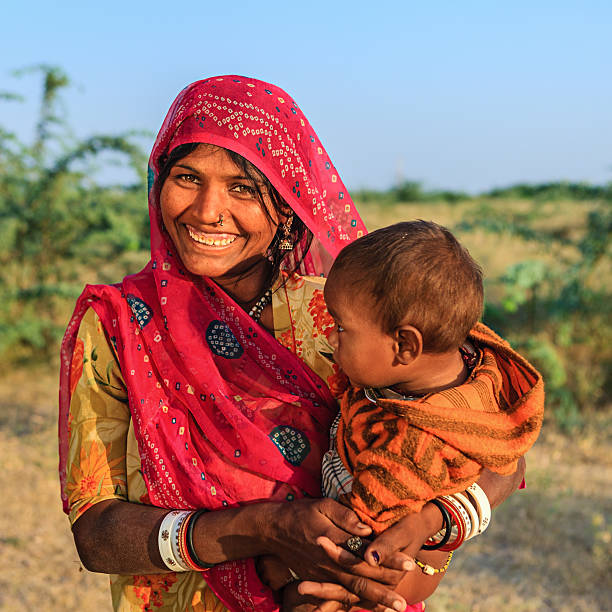Maternal death or maternal mortality is defined by the World Health Organization (WHO) as “the death of a woman while pregnant or within 42 days of termination of pregnancy, irrespective of the duration and site of the pregnancy, from any cause related to or aggravated by the pregnancy or its management but not from accidental or incidental causes.”

The target 3.1 of Sustainable Development Goals (SDG) set by the United Nations aims to reduce the global maternal mortality ratio to less than 70 per 1,00,000 live births.
The Maternal Mortality Ratio (MMR) in India has declined to 113 in 2016-18 from 122 in 2015-17 and 130 in 2014-2016, according to the special bulletin on Maternal Mortality in India (2016-18) , released by the Office of the Registrar General’s Sample Registration System (SRS).

The news proves to be relieving in times of pandemic. The decrease in mortality clearly resembles an improvement in the health care facilities and malnutrition of pregnant mothers and infants. The MMR of various States according to the bulletin includes Assam (215), Bihar (149), Madhya Pradesh (173), Chhattisgarh (159), Odisha (150), Rajasthan (164), Uttar Pradesh (197) and Uttarakhand (99).
The southern States registered a lower MMR — Andhra Pradesh (65), Telangana (63), Karnataka (92), Kerala (43) and Tamil Nadu (60).
Maternal mortality in a region is a measure of the reproductive health of women in the area. The rural community has faced the problem of poor health infrastructure for so long but this indication is surely a good sign towards rural maternal and healthcare facilities.
Also Checkout: 6 Ways to Burn Fat While Sleeping.
















